Choose plastic 3D Printing to produce highly detailed prototypes. Plastic 3D Printing is an ideal manufacturing solution to create parts require smooth surface, end-use quality, and high precision. We offer on-demand plastic 3D Printing services with a wide range of materials.
| All Materials | Description | ||
|---|---|---|---|
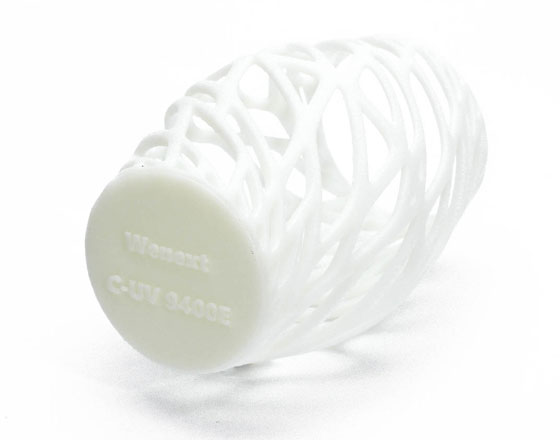 |
Resin | Smooth surface, high dimensional accuracy, good toughness, waterproof. | |
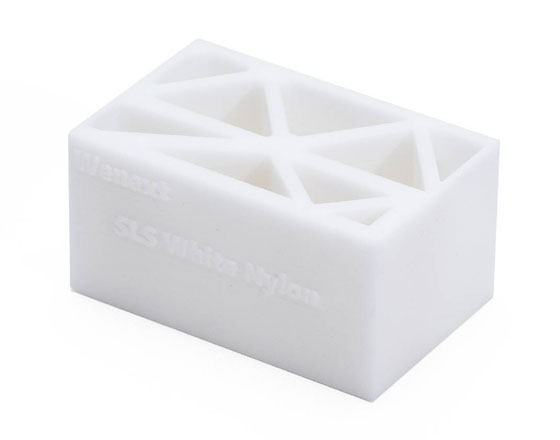 |
Nylon | Excellent mechanical properties, high chemical resistance, no support structures needed, high strength, high toughness. | |
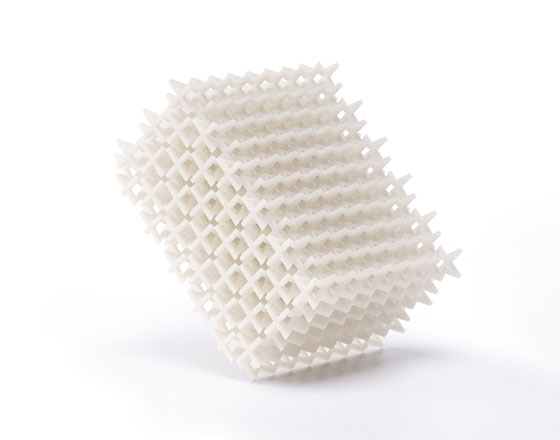 |
Polypropylene | Excellent mechanical properties, waterproof, high chemical resistance, no support structures needed, electrical insulation, high toughness. |
There are mainly four types of plastic 3D Printing: FDM, SLA, SLS, and MJF.
FDM, as known as Fused Deposition Modeling, is the same as FFM (Fused Filament Modeling) and FFF (Fused Filament Fabrication). FDM fuses and melts thermoplastic filaments such as PLA filaments, ABS filaments, and PETG filaments, etc. The filaments are heated and melted through the hot nozzle and extruded on the build plate layer by layer to create an object.
SLA, also known as Stereolithography, uses UV-laser light to cure liquid resins layer by layer, and eventually create a solid object with highly detailed and smooth surface.
SLS, also called Selective Laser Sintering, uses a high-power laser to sinter polymer/ non-metallic powders in the selective area, fusing the material together and building a solid object. SLS is more complex than FDM and SLA due to the high laser energy and plastic materials.
MJF (Multi Jet Fusion), the exclusive technology invented by HP, is a process of deposit both fusing and detailing agents onto the powder bed by inkjet heads, then fusing the materials by infrared heating unit layer by layer until the object is formed.
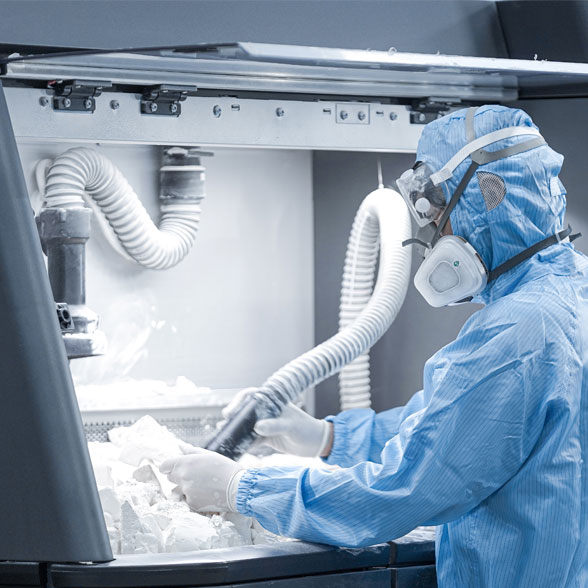
Different kind of plastics can be 3D prinetd, one of the most typical and special 3D printing plastic is liquid resin. Generally, resin parts can be created by SLA/DLP. Let's see how SLA prints resin parts:
Material Preparation
Pouring enough liquid 3D resin into the material pool and make sure there is no debris in the material pool.
Laser Light Movement
The laser light will be guided to right coordinates according to the computer-controlled mirror in the printer.
Make sure each layer is even.
The scraper sweeps the material pool after one layer in being cured, which ensures an even surface. The balance weight can make sure the liquid resin remains in the same place even though the print bed goes down.
Process repeats until the final parts are shaped.
The process repeats and the laser light scans the resin through the dancing spots, and curing the surface into a right shape.
Printing bed lifts up.
The resin 3D prints will emerge from the material pool.
Let the parts sit.
Takes time to wait for residual un-cured resins running down.
Post-processing
Send resin parts for post-processing, including ultrasonic cleaning, removing supports, re-curing through UV light, sanding, sandblasting, threading, tapping, painting, etc.

Create high quality plastic prototypes rapidly for your project, ensuring an efficient and effective production cycle.

Utilizing SLA to fabricate parts with high precision and smooth surface finishes. Create hollow parts are available with SLA 3D Printing.

Select SLS or MJF to produce end-use functional parts with high strength, high toughness, and high dimensional accuracy.

Create parts without support structures are feasible through SLS or MJF 3D Printing.
We offer SLA, SLS, and MJF 3D Printing service with a wide range of materials available.
With powerful manufacturability, high quality and high precision parts will be delivered in short lead time.
| Capabilities | ||||
|---|---|---|---|---|
| Process | Maximum Printing Size | Lead Time | Tolerance | Minimum Layer Thickness |
| SLA | 1650*760*580mm | 48 hours or 72 hours | ± 200μm or 0.2%mm | 0.6 mm |
| SLS | 350*350*400mm | 48 hours or 72 hours | ± 300μm or 0.3%mm | 0.8 mm |
| MJF | 370*270*380mm | 48 hours or 72 hours | ± 300μm or 0.3%mm | 0.8 mm |
* For expedited lead times or parts that exceed the maximum printing size contact info@wenext.com
1. How long does 3D printing plastic last?
2. What is the strongest plastic to 3D print with?
3. Can 3D printed plastic be reused?
4. How thin can you 3D print plastic?
5. What are the limitations of metal 3D Printing?
If you need your 3D print to be weatherproof, then Polypropylene will be a great option. We provide PPGB Glass Filled for SLS 3D Printing.
6. How much Does Plastic 3D Printing Cost?
Generally, the cost of a plastic 3D printed part depends on part complexity, type of printing material, and post-processing.
7. What are the post-processing options for the plastic 3D printed parts?
We provide a wide range of post-processing options for your parts, including tapping, threading, painting, polishing, grinding, etc. Contact our Customer Success Manger or email info@wenext.com for more about plastic parts post-processing.
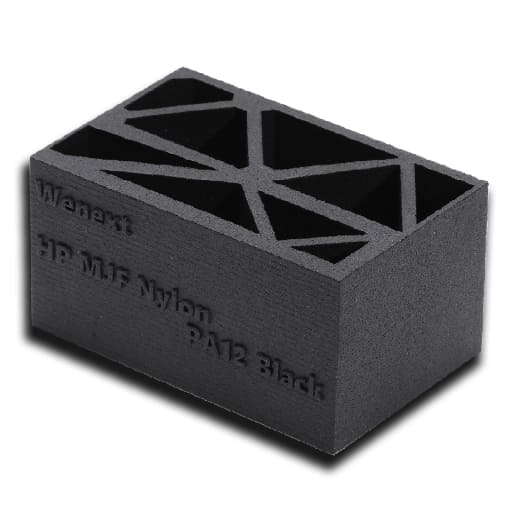
3D PrintingLearn more
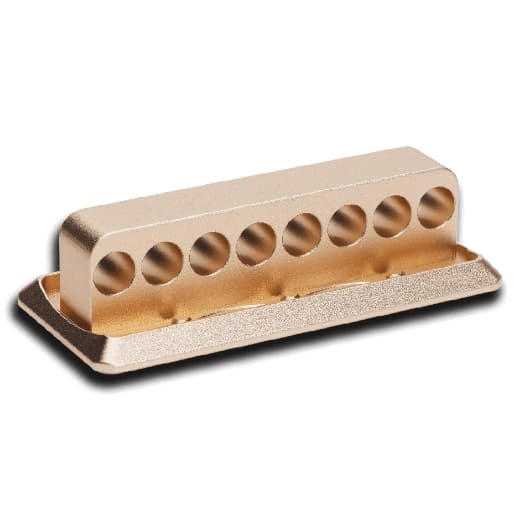
CNC MachiningLearn more
©2019-2025 WeNext Technology Co., Ltd. All Rights Reserved.
This website uses cookies for better personalized services. By using our websites, you agree to this use. Privacy Policy
We use cookies to improve your experience, check out Privacy Policy.